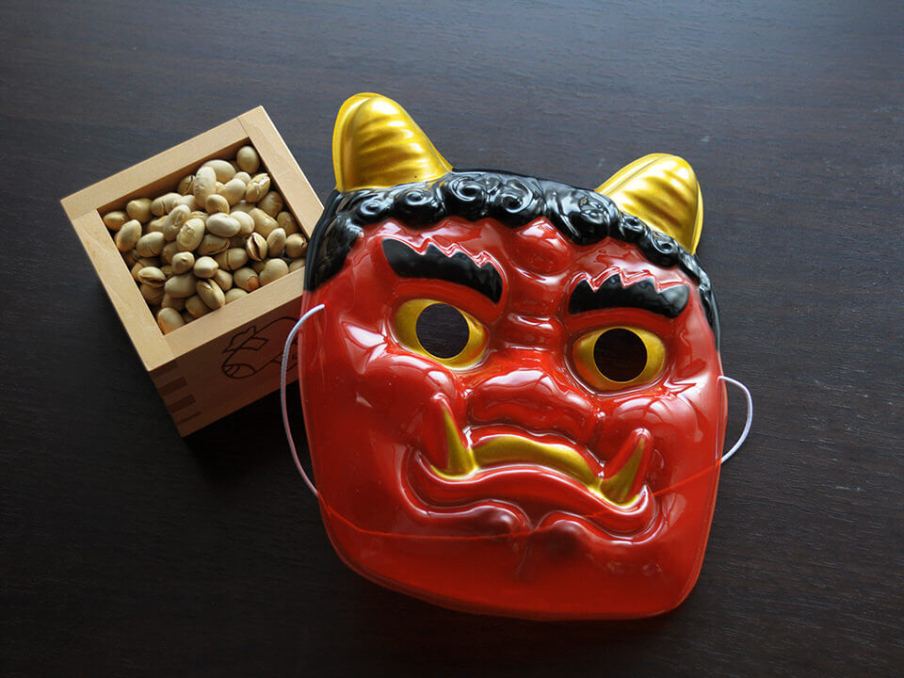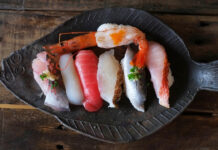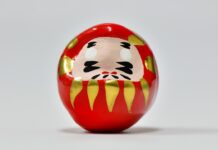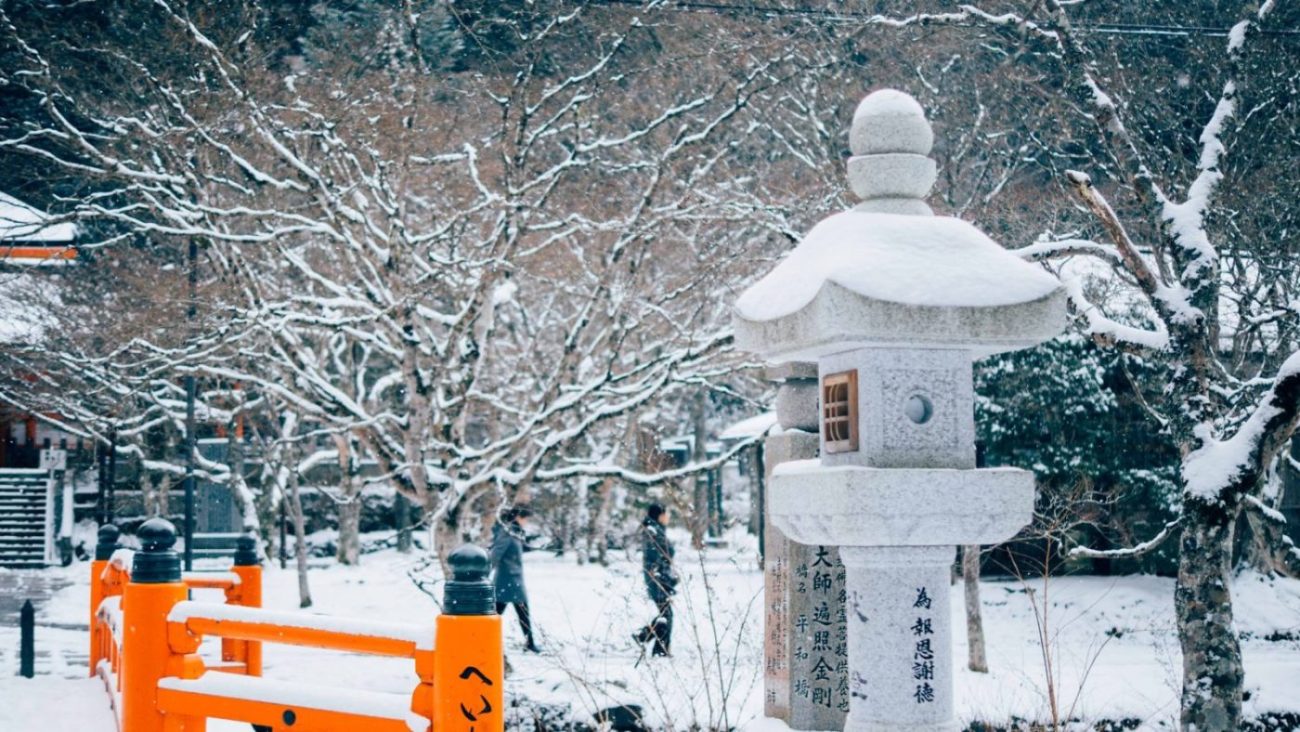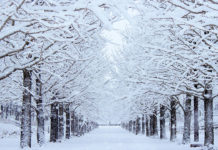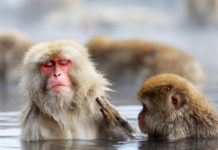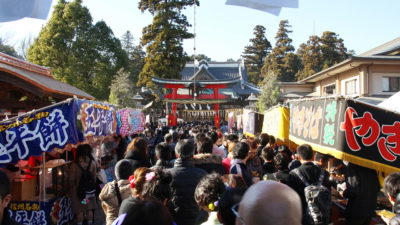February 3rd is known as Setsubun, which marks the beginning of spring. On this day, many Japanese people throw roasted soybeans at Oni chanting “Oni ha soto, fuku ha uchi (out with evil, in with fortune)!” to welcome a new season. You may believe that the oni are getting what they deserve, but are oni good or are oni bad?
So what is a Japanese Oni?
An Oni is a mythical creature quite similar to an ogre, goblin, demon, troll or anything that has an evil spirit. They are typically portrayed as bigger and stronger than humans. Usually Japanese oni have two horns, sharp teeth, wild hair and bulging eyes, and carry an iron club with spikes. Their skin color could be red, blue, or sometimes green. And most of them just wear a tiger skin loincloth. Oni appear in many Japanese folktales.
For example, in the story of Momotaro (Peach Boy), the main character, Momotaro goes on a journey to fight with a band of marauding bad Oni. With a help of his animal allies, he is able to defeat them and bring back their treasures to his hometown where he lives comfortably for the rest of his life. Issun Boshi (One-inch Boy), Kobutori Jiisan (The old man with a big wen), Ise Monogatari (The tales of Ise), there are more than enough stories to tell the same trope; An evil Oni steals from humans and sometimes eats them. An Oni is savage, evil and mean. If you defeat them, you will live happily ever after.
Then it’s no wonder people want to throw beans at them…
This stereotypical portrayal of evil is quite alarming to me. Just because they look a certain way, that doesn’t mean they would act a certain way. So I would like to share one of my favorite Japanese folktales: “Naita Aka Oni (Red ogre who cried)”
So here it goes…
A Tale Of A Good Oni
—————————————————————————–
Once upon a time, there was a red ogre and a blue ogre who lived in the mountains. The red ogre wanted to be friends with the villagers, so he put up a sign saying “Home of a kind ogre. Everybody is welcome. There are snacks and tea.”
The red ogre waited for a while, but nobody came. He was puzzled and upset and grew very sad.
One day, the blue orger visited the red ogre. Seeing how sad his friend was, the blue ogre came up with a plan. “Why don’t I go to village and terrorise the people. Then you come in and ‘rescue’ them from me. That way, the villagers will know how kind you are.”
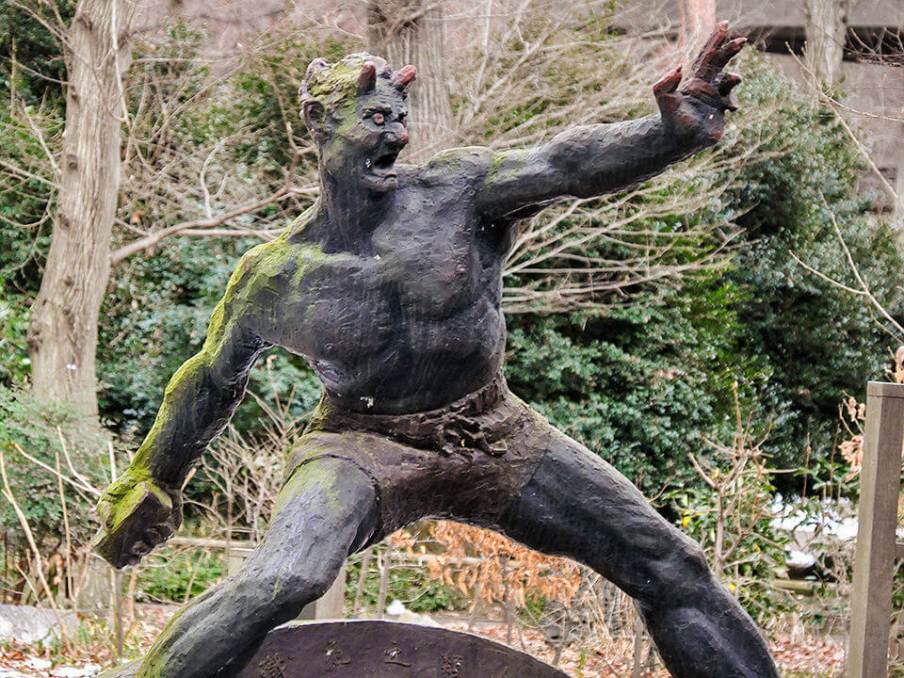
The plan went extremely well. The red ogre became a hero and the villagers weren’t afraid of him anymore. They recognized hime as a good oni. He was very happy spending time with his new human friends.
After some time, the red ogre realized he hadn’t seen the blue ogre since that day. So he decided to visit him. The blue ogre’s house was locked and there was a letter on the door.
“My Dear Red Ogre,
If they find out that you are a friend with the blue ogre, they will not trust you anymore. So, I have to go away now. I hope you live happily with your new friends. I will not forget you. I’ll always be your friend. Take care. Goodbye.
Blue Ogre.”
The red ogre read the letter and wept. He cried and cried. The red ogre and the blue ogre never saw each other again.
———————————————————————————–
Are Oni Good or Bad?
That is a difficult question to answer. Yes, there is evil in the world, and it’s important to recognize it. But we cannot find it by looking for certain stereotypes and appearances. As the story shows, not all Japanese oni are evil. Just like people, oni can be good or bad. The true evil we’re tossing out with our roasted soybeans might be the ones within ourselves.
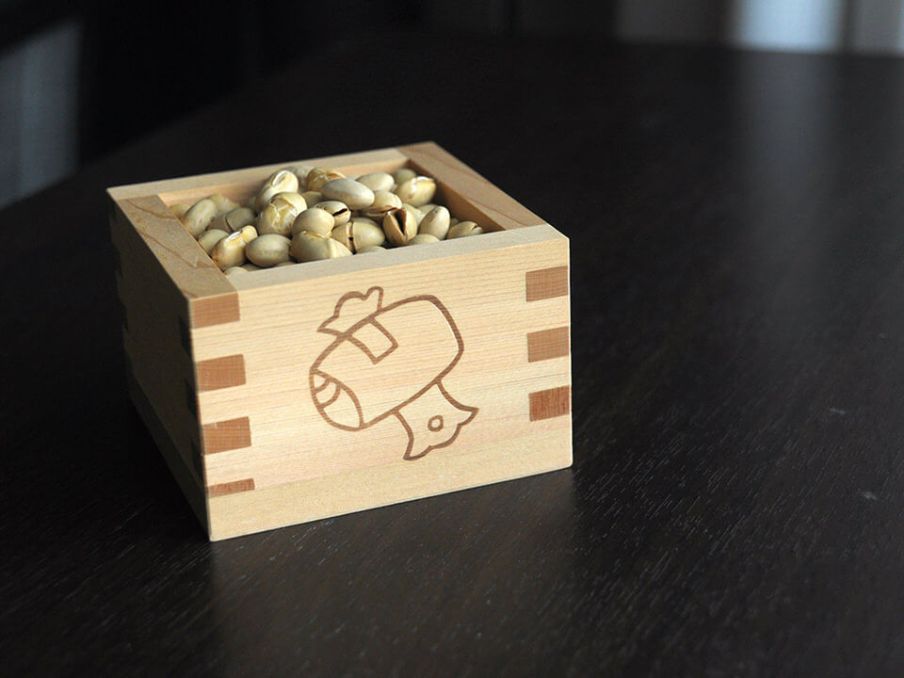
So, let’s get rid of our bad thoughts and welcome in the fresh new season of spring as we celebrate Setsubun on February 3!
 0
0

